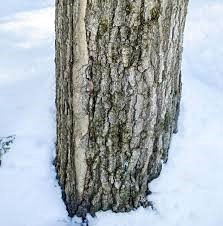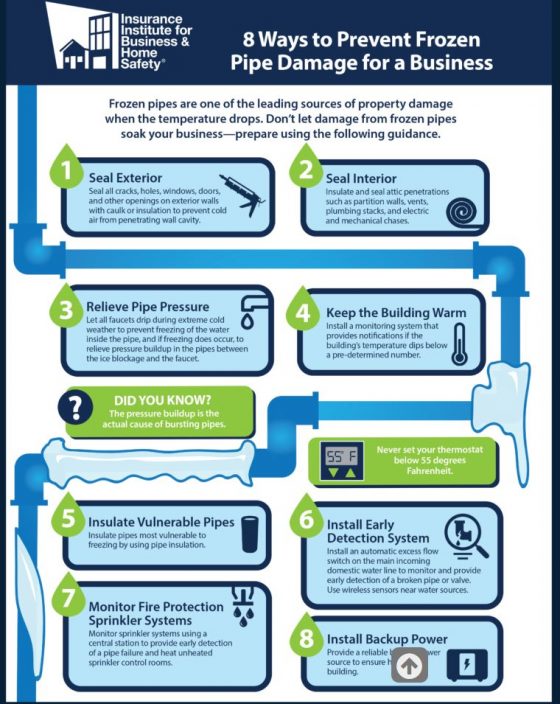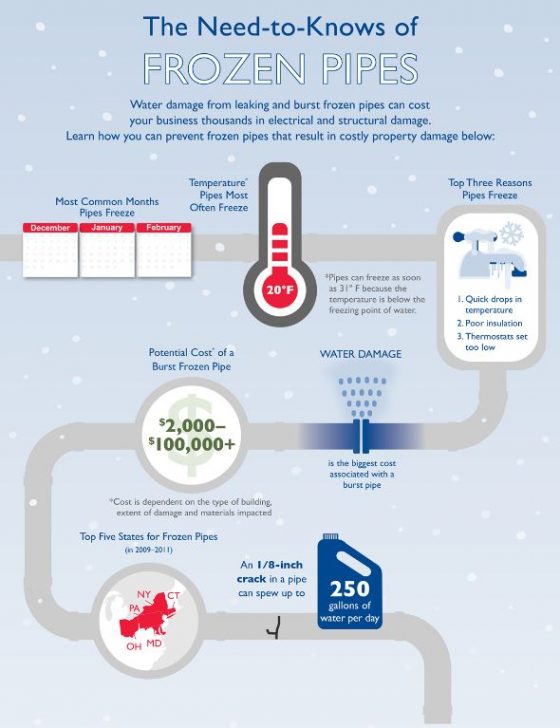One of the first steps in obtaining commercial property insurance is to determine the value of the property being insured. The reported property value will drive premium amounts and, importantly, represents the property loss exposure.
Some commonly used property valuation methods include: obtaining an appraisal from a third-party firm; utilizing fixed-asset records adjusted for cost inflation; or using a simple benchmarking factor, such as dollars per square foot. In some cases, utilizing a simplified valuation approach can provide a reasonable value estimate with minimal effort. On the other hand, performing an appraisal (which insurers typically consider the “gold standard”) can provide much-needed accuracy and thoroughness, but will require a greater commitment of time and resources.
At times, elevating the accuracy of a property value estimate can provide significant advantages during the insurance placement process. The key for risk managers, brokers and insurers is to recognize situations in which an accurate and comprehensive property valuation is critical. Consider these eight factors in the context of the insured property to see if a deep dive into the value estimate is necessary:
- Size of exposure and riskiness of operation
When property exposures are immense or operations are inherently risky, a thorough estimation process should be conducted every three to five years. Refineries and chemical processing plants with billion-dollar exposures and high-risk operations are a prime example—the stakes are too high to rely on cursory valuation methods over the long term. - Changes in costs
Over time, some property costs will change more than others. These fluctuations are primarily driven by changes in technology, capability, and material and labor costs. As of this writing, there have been significant increases in commodity prices such as steel and lumber, which are driving up the costs of new property and equipment. When property is subject to a rapidly changing cost environment, this complexity needs to be carefully considered within the estimation method. - Complexity and scope of property
Global operations and complex properties often require a thorough analysis to be performed periodically. There is simply too much detail and nuance to use an abbreviated estimating approach for an extended period without introducing the possibility of significant error. Many global firms establish a multi-year process in which a comprehensive analysis is performed on a portion of properties each year. - Type of capital expenditures
A company’s capital expenditures typically represent either new asset additions or improvements to existing assets. Accounting for new assets is a straightforward process of addition. However, capital expenditures that represent improvements in condition may not translate directly into increasing replacement value for insurance purposes. This is a frequent occurrence within heavy industrial and processing operations and can result in an overestimation of value if not properly analyzed. - Major changes to business or operations
Major changes within a business, such as reconfiguring a manufacturing facility, adding production capacity, acquiring new businesses, consolidating operations, or relocating an operation, are likely to result in changes to the property and assets. Making a diligent effort to assess these circumstances in detail will help establish an accurate property value that can be used going forward. - Insurance market conditions
As of this writing, the property insurance market has experienced substantial price increases for three consecutive years. When insurance prices are high, developing an accurate estimate of property value will provide assurance that the coverage is neither more nor less than necessary. Developing reliable and accurate value estimates can also be a key differentiator for insureds when engaging with insurers in a difficult market. - Recent losses reveal inaccurate value estimates
Insurers will seriously question the validity of reported property values if a recent property loss reveals large inaccuracies in reported value estimates. In this case, performing a comprehensive valuation of the insured property is the best course of action. - Adjusting value estimates over time
Many companies adjust value estimates from the prior year to account for cost inflation. The accuracy of this approach will diminish over time. For typical commercial properties, conducting a comprehensive valuation every five to eight years can help recalibrate value estimates.
Correctly valuing insurable property is one of the most critical inputs for managing property risk. While a shorthand valuation estimate may suffice in some circumstances, it is not a perfect solution to every situation. Sometimes there is no substitute for a thorough and diligent value estimate. Striking the right balance between valuation accuracy and effort requires knowing when an estimate is good enough and when it is not.

 woman was killed by a falling tree in the San Francisco Bay area on Jan. 9; another woman was struck and killed by a falling tree while walking on a golf course in the Bay area on Jan. 8; and the mother of a bride was killed when a tree fell on a wedding party in Southern California on Dec. 19. In New York City’s Bryant Park, a woman was killed and five people were injured when a massive tree snapped in half on Sept. 4, 2015.
woman was killed by a falling tree in the San Francisco Bay area on Jan. 9; another woman was struck and killed by a falling tree while walking on a golf course in the Bay area on Jan. 8; and the mother of a bride was killed when a tree fell on a wedding party in Southern California on Dec. 19. In New York City’s Bryant Park, a woman was killed and five people were injured when a massive tree snapped in half on Sept. 4, 2015.
